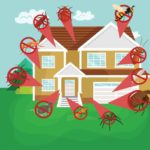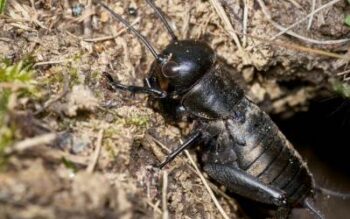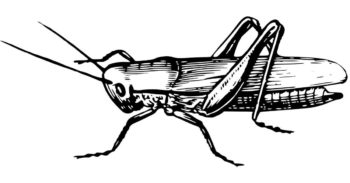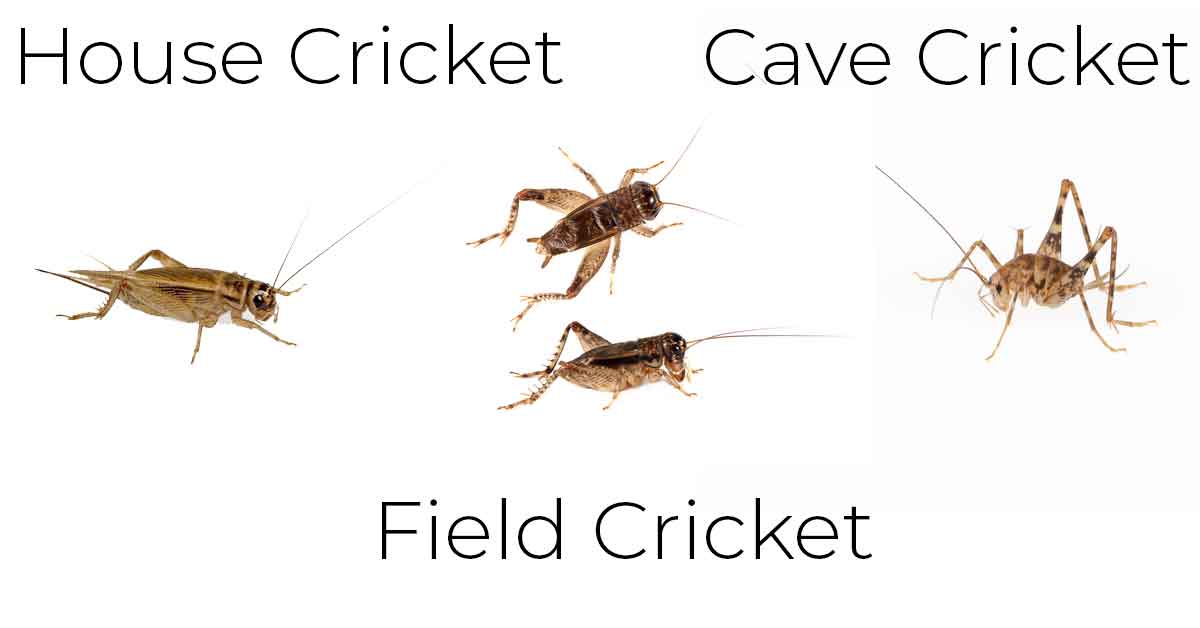
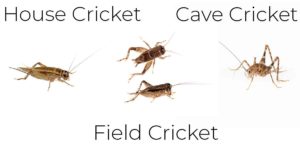 Crickets are commonly associated with sound – often referred to as a cricket chirp – but not all crickets make noise. As a species, crickets come in about 900 different varieties with about 100 species in the United States. Here on Long Island, you only have to pay attention to a few species.
Crickets are commonly associated with sound – often referred to as a cricket chirp – but not all crickets make noise. As a species, crickets come in about 900 different varieties with about 100 species in the United States. Here on Long Island, you only have to pay attention to a few species.
In general, crickets have six legs that have evolved for jumping. They have thin antennae and an exoskeleton that varies in color, shape, and size depending upon their native environment. Most species of crickets are nocturnal and hide in the daytime. Crickets are essential to the environment for their role in breaking down plant material. Let’s take a look at the types of crickets you may encounter.
House Crickets
 House Crickets are widely found in the U.S. anywhere east of the Rocky Mountains and get their name from the fact that they can survive indefinitely indoors… though they prefer to be outside during warm weather. When the weather changes and becomes colder they look for a warm, moist place to stay like basements, kitchens, and bathrooms.
House Crickets are widely found in the U.S. anywhere east of the Rocky Mountains and get their name from the fact that they can survive indefinitely indoors… though they prefer to be outside during warm weather. When the weather changes and becomes colder they look for a warm, moist place to stay like basements, kitchens, and bathrooms.
House crickets have a wide diet range. Outdoors they mostly eat plants and insects – whether live or dead. Indoors they’ll eat paper and natural fabrics like cotton, wool, or silk… especially if it has food stains. Indoors or out they’ll also eat whatever fruits or vegetables that are convenient.
Male house crickets rub their legs together to make the well-known, distinctive “cricket chirp” – and this is one of the ways you can tell you have a house cricket infestation. Because they’re nocturnal, you’ll hear it at night.
House crickets are yellowish-brown with wings and thin antennae that are very long (they’re often longer than the cricket’s body). The adults also have three dark bands on their heads and are up to one inch long.
Field Crickets
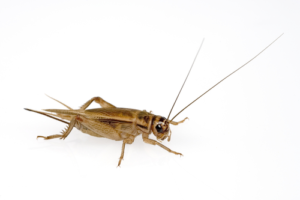 Don’t let the name fool you… Field crickets are one of the most common crickets that American homeowners will find indoors. Field crickets prefer life outside and can be commonly found in backyards, lawns, and flower beds. They especially like overgrown grass and moist areas including compost piles and areas around garbage cans.
Don’t let the name fool you… Field crickets are one of the most common crickets that American homeowners will find indoors. Field crickets prefer life outside and can be commonly found in backyards, lawns, and flower beds. They especially like overgrown grass and moist areas including compost piles and areas around garbage cans.
When temperatures become extremely hot or cold (or food becomes scarce), field crickets will venture inside. Like house crickets they eat plants, fruit, vegetables, dead and dying insects, paper, cotton, linen, silk, wool, and more. They especially like fabric that has food stains.
Field crickets make the typical cricket “chirping” noise to call mates. They’ll chirp night or day by rubbing their legs together, but they are usually quiet at dawn.
Field crickets are a bit bigger than house crickets – up to 1 1/4 inches long. While they’re usually black, field crickets can also be brown or straw yellow and have wings.
Camel Crickets/Cave Crickets/Spider Crickets
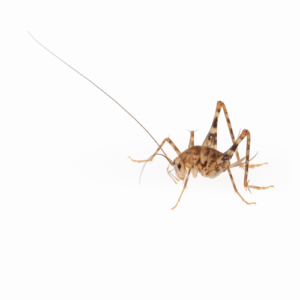 This type of cricket goes by many names but are easily recognized by their humpbacked shape as opposed to the typical look shared by field crickets and house crickets. That’s because they’re technically not “true crickets” … but they’re widely found across the United States and in Long Island basements.
This type of cricket goes by many names but are easily recognized by their humpbacked shape as opposed to the typical look shared by field crickets and house crickets. That’s because they’re technically not “true crickets” … but they’re widely found across the United States and in Long Island basements.
Like field and house crickets, camel crickets are attracted to cool and damp locations. Outdoors that means under mulch, fallen leaves, logs, and stones. But they can also be found around drainage pipes, air conditioning vents, and under sheds. Inside that means crawl spaces, basements, garages, and utility rooms are attractive to them.
Spider crickets infest homes when it becomes too cold or too hot and dry outdoors. They eat almost anything, including other spider crickets, wood, carpeting, cardboard, fungi, etc.
Unlike field crickets and house crickets, cave cricket legs don’t have sound producing organs. That means they don’t make the cricket chirp to attract females.
Spider crickets are between a half an inch to 1 1/2 inches long. In addition to their distinctive hunchback shape they range from light to dark brown in color. Their hind legs are very strong for jumping, which compensates for their lack of wings.
Let Arrow Solve Your Cricket Problems
If crickets are causing problems on your property, you don’t have to struggle. The professionals at Arrow Exterminating will inspect your home and create a plan of action to eradicate these noisy intruders. Call or contact us today and let our experts handle it.


